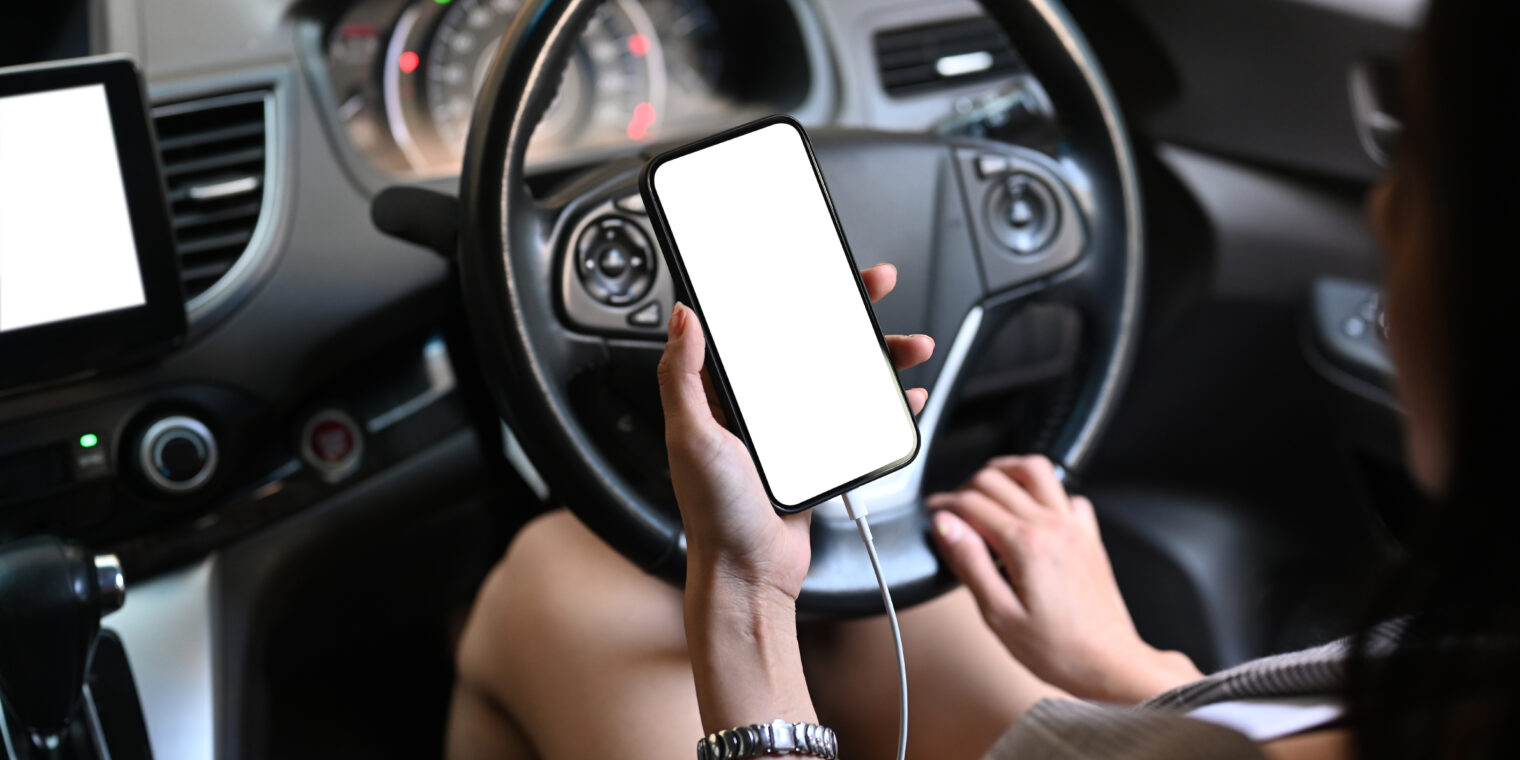In today’s fast-paced, connected world, it’s common for drivers to feel the urge to check their phone while on the road. Whether it’s replying to a text, checking an email, or even just scrolling through social media, smartphones have become an integral part of daily life. However, using a phone while driving can have serious consequences. Despite widespread awareness of the dangers, distracted driving remains one of the leading causes of accidents and fatalities worldwide. Here’s why using a phone while driving is so dangerous.
1. Divided Attention
Driving demands full attention. When you use a phone, even for just a few seconds, you divide your focus between the road and the device. This distraction reduces your ability to respond to sudden changes in traffic, road conditions, or hazards. A moment of inattention can lead to catastrophic consequences. Studies show that texting while driving can take your eyes off the road for up to five seconds, which may not sound like much, but at 55 miles per hour, that’s the equivalent of driving the length of a football field without looking.
2. Delayed Reaction Times
Phone use not only takes your attention away but also slows down your reaction time. In a split-second situation, such as a pedestrian crossing the road or a vehicle suddenly braking in front of you, every millisecond counts. When your mind is occupied with a text or a phone call, your ability to process this information and react quickly diminishes. This delay can prevent you from making the necessary adjustments in time to avoid a collision, leading to accidents that could have otherwise been avoided.
3. Visual Distractions
Texting, navigating with GPS, or even checking notifications are visual distractions. Drivers are constantly scanning their surroundings to detect potential hazards, and looking down at a phone screen takes their eyes off the road. This split-second lapse in awareness can be enough to miss a red light, a stop sign, or an unexpected obstacle, such as a car swerving into your lane or debris on the road. These visual distractions are among the most dangerous because they impair your ability to process the environment around you.
4. Increased Likelihood of Collisions
When a driver uses a phone while behind the wheel, they are more likely to engage in reckless behaviors such as swerving, tailgating, or failing to stop in time. This puts not only the driver but also other road users at risk. In fact, research shows that texting while driving is six times more likely to result in an accident than driving under the influence of alcohol. Even hands-free phone usage can still divert attention away from the road, making it a serious risk to safe driving.
5. Legal Consequences
Many regions have enacted strict laws against phone use while driving, recognizing the dangers it poses. In some places, texting or holding a phone while driving is a punishable offense, often resulting in fines, points on your driving record, or even the suspension of your license. Repeated offenses can lead to more severe consequences, such as jail time or increased insurance premiums. In the event of an accident caused by phone use, drivers could face civil lawsuits or criminal charges, especially if someone is injured or killed.
6. Potential for Serious Injury or Death
The most severe consequence of distracted driving is the potential for life-altering injury or death. In 2020 alone, distracted driving accounted for nearly 3,000 deaths in the United States, according to the National Highway Traffic Safety Administration (NHTSA). These are preventable tragedies, as many accidents involving phone use occur in situations where the driver could have easily avoided the distraction or stopped to safely use their phone.
Conclusion
While using a phone may seem like a harmless habit, doing so while driving is an incredibly dangerous practice that significantly increases the risk of accidents. The simple act of texting, scrolling, or talking on the phone while behind the wheel can have disastrous consequences, including fatalities, injuries, and legal ramifications. Drivers must prioritize safety and keep their phones out of reach while driving. By focusing solely on the road, we can reduce distractions and create safer driving environments for everyone on the road.

